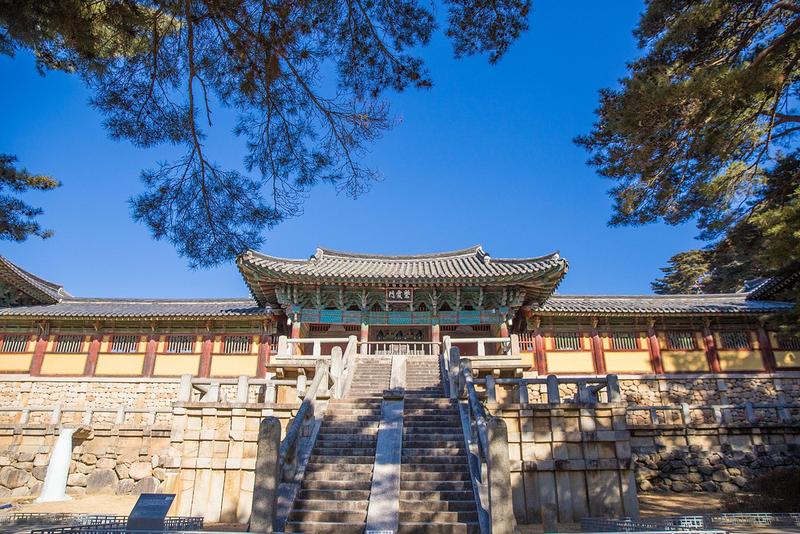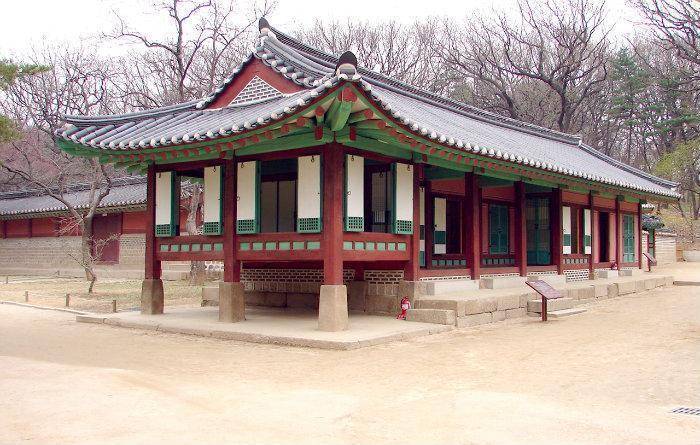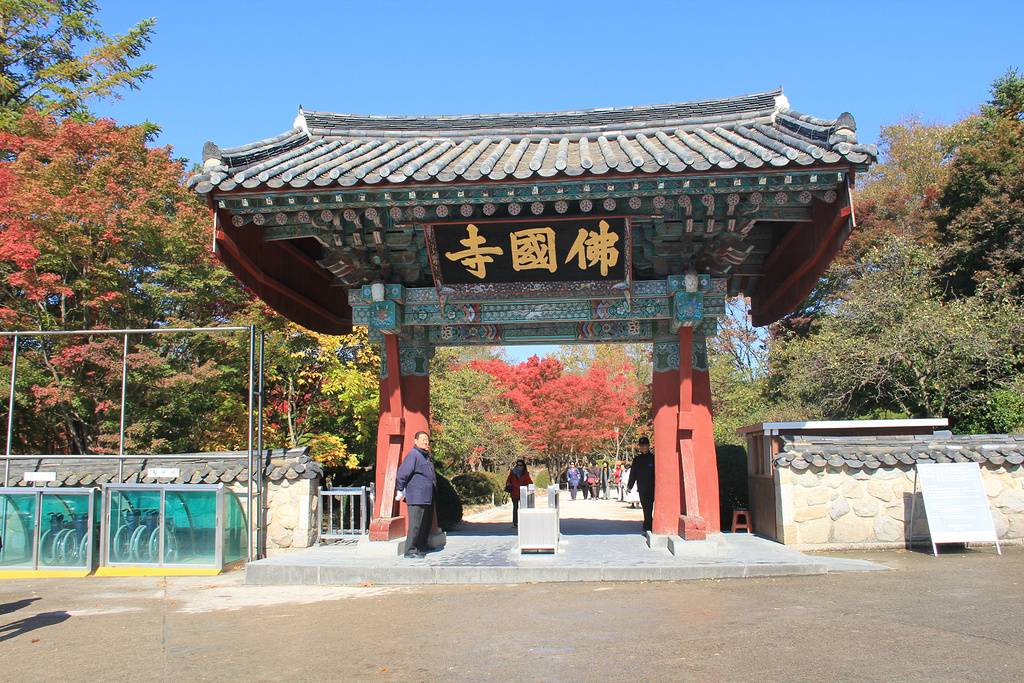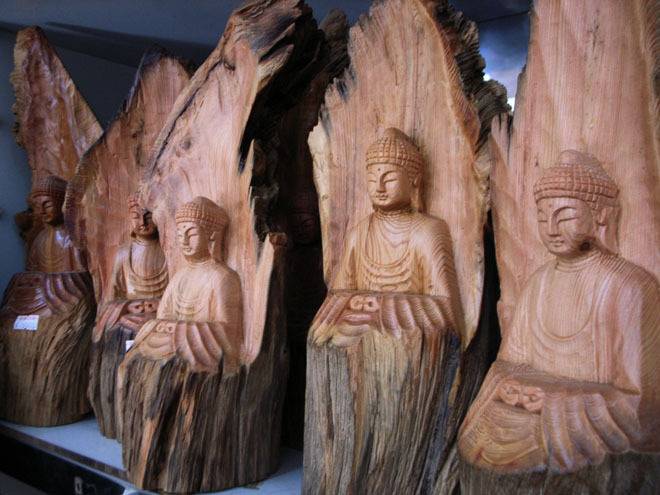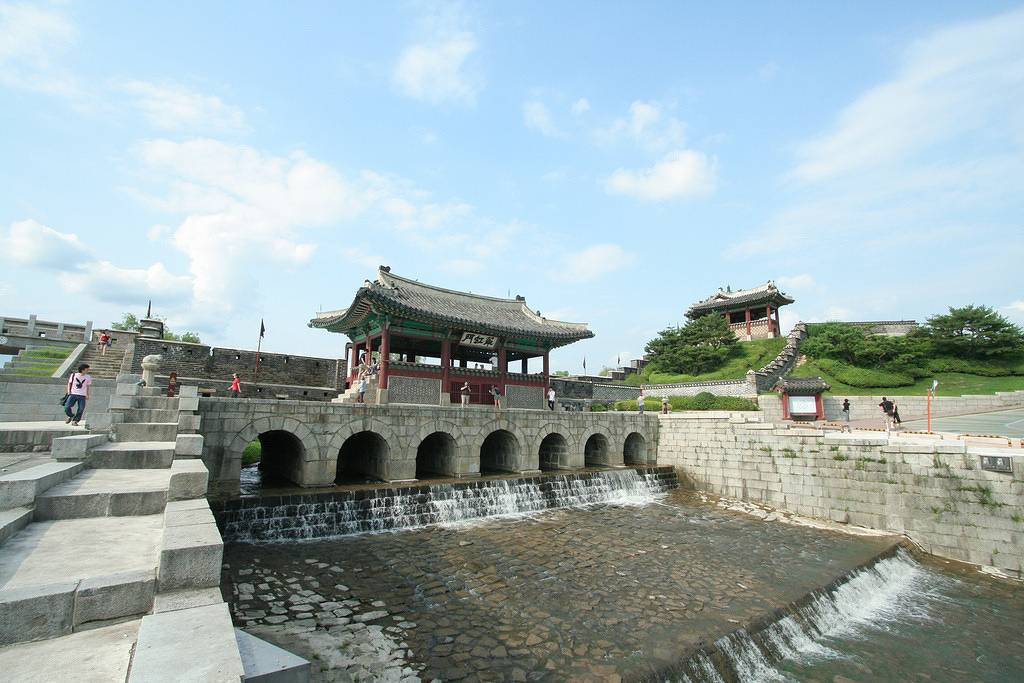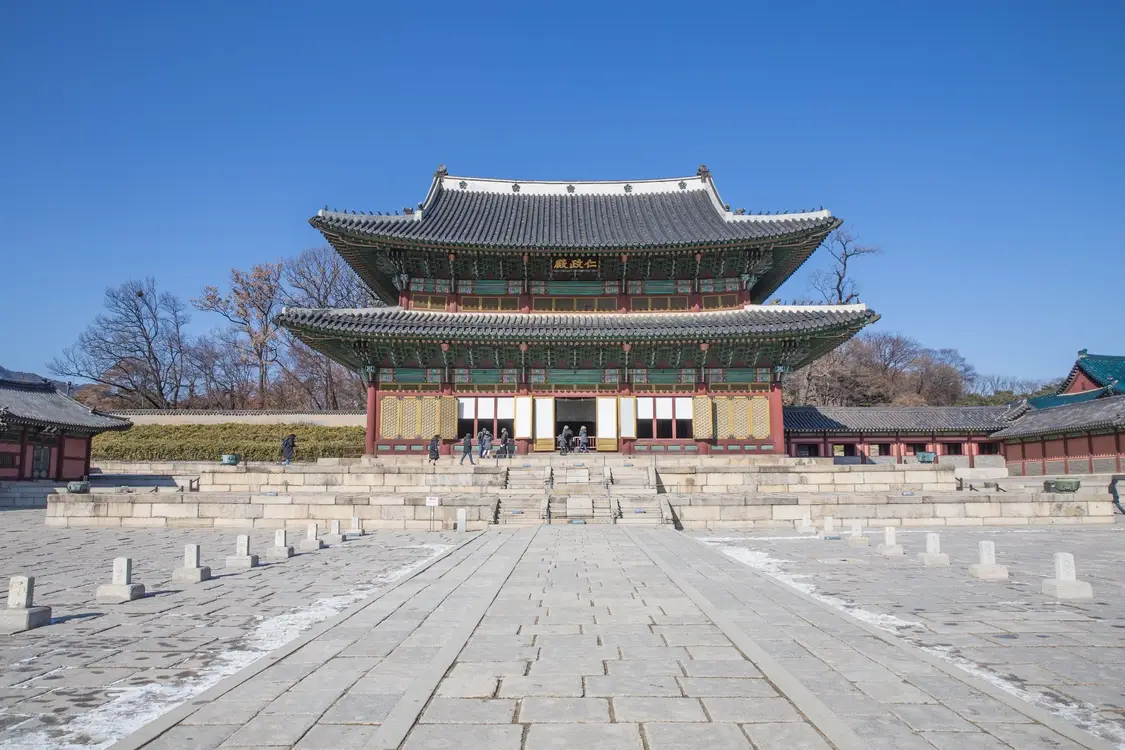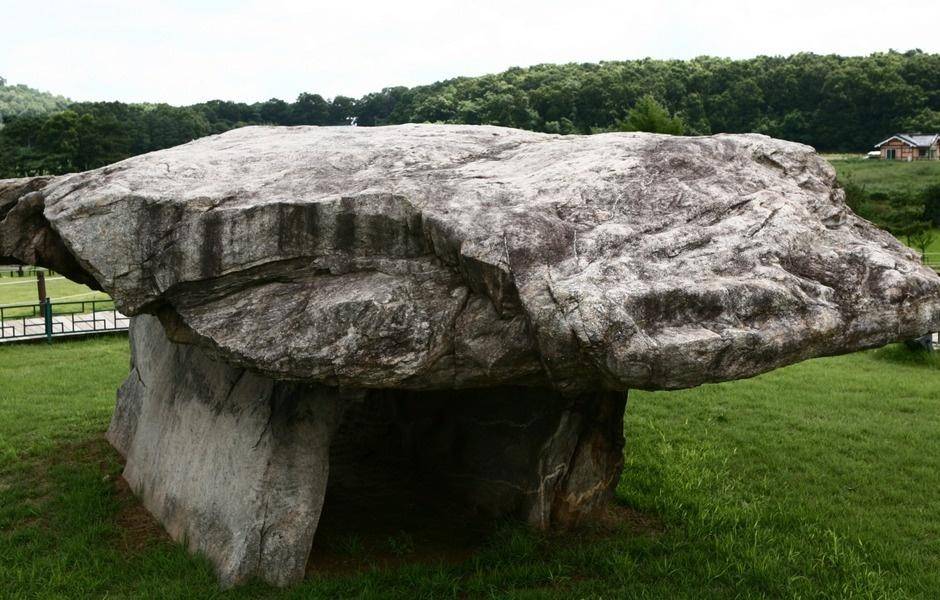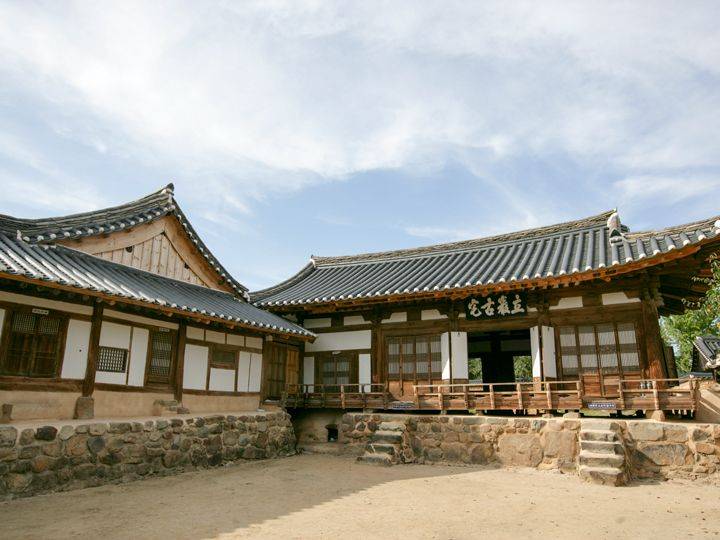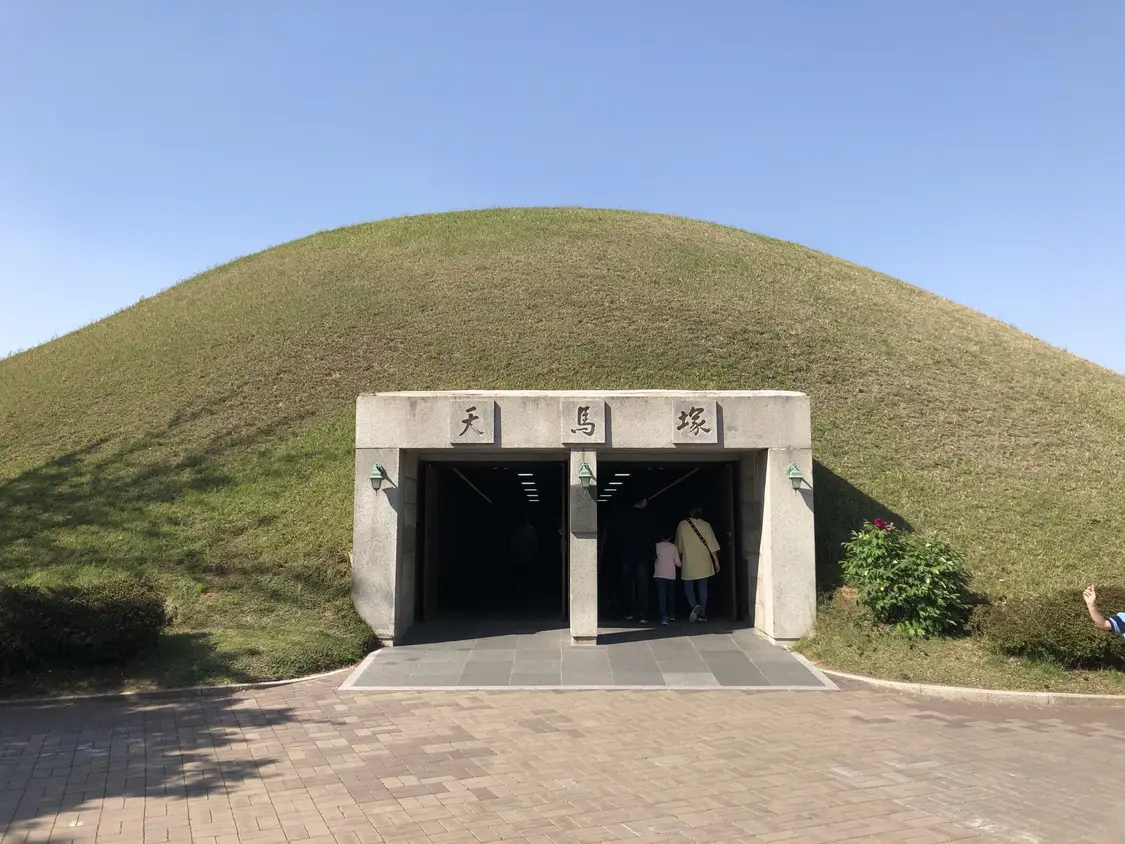Jongmyo Shrine
Jongmyo Shrine is the place where the spirit tablets of the kings and queens of the Joseon Dynasty are enshrined. It preserves ancient traditions and customs such as solemn rituals and ritual music.
Bulguksa Temple
Bulguksa Temple is the core of Silla culture and a classic representative of Silla Buddhist art. It has been listed as a World Cultural Heritage site. In 1440 AD, King Beopheung of Silla built Bulguksa Temple to maintain national stability and the well-being of the people. The temple has undergone multiple renovations. Seven artifacts, including the Dabotap Pagoda, Seokgatap Pagoda, Blue Cloud Bridge, and two large gilt-bronze Buddhas within the temple, have been designated as National Treasures of South Korea. In 1995, Bulguksa Temple and the Seokguram Grotto located to its east were jointly listed as World Cultural Heritage sites.
Seokguram Grotto
Inside the grotto is a statue of Sakyamuni Buddha. Standing below and looking up at the tall statue, one feels a sense of sanctity. As the statue faces east, when the sun rises, sunlight shines on the statue, which is why Koreans call this Buddha 'The Smile of the Silla People.'
Hwaseong Fortress
This World Heritage site allows visitors to learn about the history of the Joseon Dynasty. The tombs and fortifications fully reflect the development of Eastern and Western military theories of the time.
Changdeokgung Palace
Changdeokgung Palace is the main palace that maintains the orthodox palace architecture of the Joseon period. Its rear garden served as a resting place for the king and features ancient trees over 300 years old, ponds, pavilions, and other facilities. It is worth mentioning that the drama 'Rooftop Prince' was also filmed here.
Dolmen
Dolmen is a type of stone tomb from the prehistoric era, known in English as Dolmen. Monuments such as the Egyptian pyramids and Stonehenge in the UK are also built with stones and are similar to Dolmen.
Andong Hahoe Village
Andong Hahoe Village is one of the few places in South Korea that vividly showcases traditional living styles, and it is hailed as a microcosm of Korean traditional culture. The village's location and layout fully embody the architectural style of harmonizing with nature, nestled between mountains and rivers, offering beautiful scenery. What is even more remarkable is that the residences and courtyards here perfectly exhibit the lifestyle of the noble class during the Joseon Dynasty. Andong Hahoe Village has been listed as a UNESCO World Heritage Site, underscoring its invaluable significance.
Cheonmachong
A total of 11,526 artifacts have been unearthed here, among which the Cheonmado (Painting of a Heavenly Horse) is a priceless scroll discovered for the first time in an ancient tomb in Korean history.
